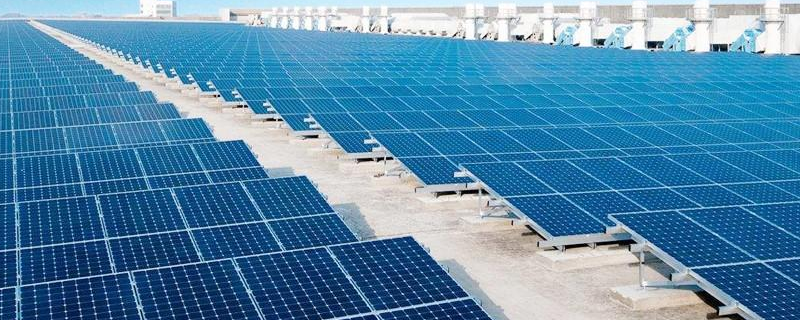

The Journey of Glass From Clear to Frosted
Glass has been an integral part of human civilization for centuries, with roots tracing back to ancient cultures. Its ability to be molded, shaped, and tempered has allowed it to serve various purposes, from everyday utensils to intricate artworks. One fascinating aspect of glass is its transformation from clarity to frost, specifically in the context of design and functionality. This article explores the journey of glass as it transitions from a transparent state to a frosted finish, emphasizing its aesthetic appeal and practical applications.
To understand the significance of frosted glass, one must first appreciate the characteristics of clear glass. Clear glass is celebrated for its optical clarity, allowing light to pass through with minimal interference. This transparency enables a connection between the indoor and outdoor environments, making spaces feel larger and more open. It is a favored choice for windows, glass doors, and various decorative elements in homes and buildings, as it allows natural light to flood in while providing an unobstructed view.
The Journey of Glass From Clear to Frosted
Frosting glass can be accomplished through various methods, including sandblasting, acid etching, and the application of a frosted film. Sandblasting involves propelling fine particles at the glass surface, creating a textured finish. Acid etching uses chemical processes to dissolve certain areas of the glass, resulting in a frosted appearance. Each method produces unique patterns and textures, allowing designers to incorporate their vision into the space.

Beyond privacy, frosted glass brings an element of elegance and sophistication to designs. It is often used in modern architecture and interior design to create a sense of calm and tranquility. For instance, frosted glass panels serve as partitions in open-concept offices, subtly dividing spaces without the heavy presence of solid walls. This promotes a collaborative environment while still providing individual spaces for concentration and focus.
Moreover, frosted glass is utilized in lighting fixtures, where the diffusion of light can soften harsh brightness. Lampshades crafted from frosted glass prevent glare while still allowing light to emanate beautifully into the room. This balance of function and style makes frosted glass a versatile material that complements various design aesthetics, from minimalist to contemporary.
Another key benefit of frosted glass is its ability to conceal fingerprints, smudges, and scratches more effectively than its clear counterpart. This practical advantage makes it a popular choice for high-traffic areas, such as sliding doors and shower stalls, where maintenance and cleanliness are paramount.
As society continues to evolve, the demands placed on materials like glass increase as well. The transition from clear to frosted glass exemplifies how a simple modification can expand utility, enhance aesthetics, and improve the functionality of spaces. It reflects a broader trend in design that values both beauty and practicality—a perfect harmony that is essential in today’s fast-paced world.
In conclusion, the journey of glass from clear to frosted encapsulates a remarkable blend of form and function. While clear glass fosters openness and connectivity, frosted glass introduces privacy and elegance, transforming spaces into havens of comfort and style. As the world of design continues to innovate, frosted glass will undoubtedly remain a cherished element, illuminating spaces both literally and figuratively.